Guide To Treating Dyshidrotic Eczema
Dyshidrotic eczema is a skin condition most often found in adults between twenty and forty years old. In this condition, the hands and feet are most affected, with blisters breaking out that cause intense itching and usually last for three to four weeks. These blisters may also cause pain accompanied by flaky or cracked skin. Scratching these itchy areas is discouraged, but resisting scratching can be difficult to impossible at times. Proper home care can help hydrate the skin, ease itching, and prevent infection caused by scratching. If home care remedies are not effective enough, proper medical care from a qualified care provider will be essential to control the symptoms and avoid complications such as skin infections.
Learn more about treating dyshidrotic eczema now.
Apply Medicated Ointment
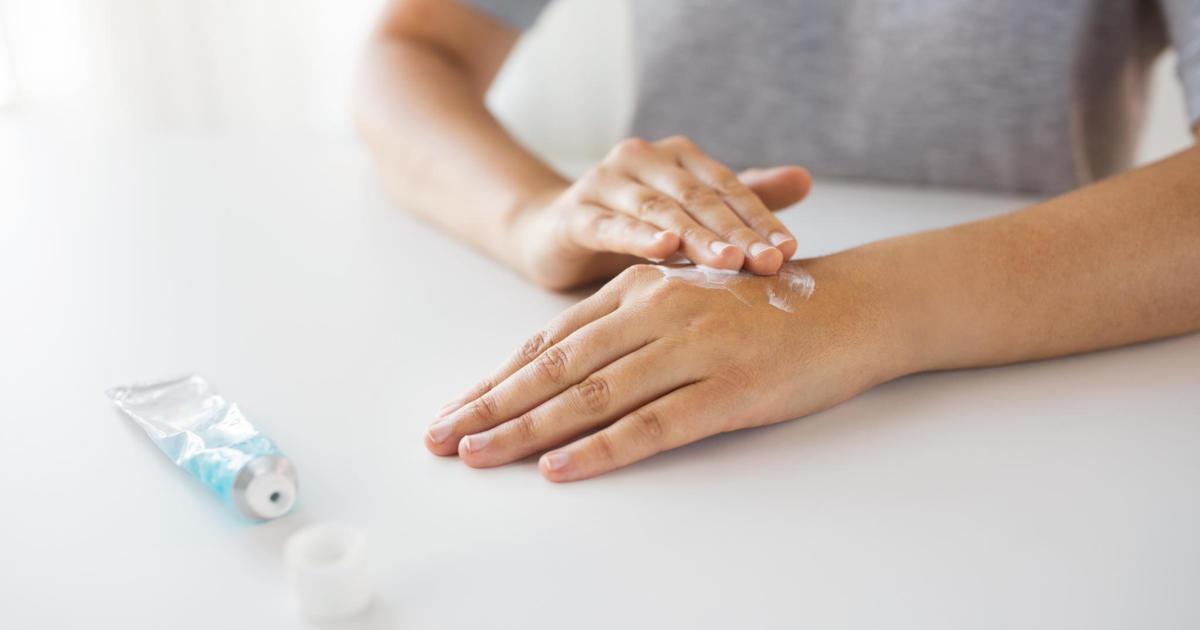
Whether the outbreak of dyshidrotic eczema is mild or severe, one way to keep it under control and resolve it sooner is to apply medicated ointment. Ointments are believed to be more effective than moisturizing lotions because the water in lotions tends to evaporate quickly. Over-the-counter medicated ointments contain anti-itch ingredients such as loratadine and diphenhydramine. Using a high-potency corticosteroid ointment on dyshidrotic eczema can hasten the resolution of the blisters and avoid skin damage caused by prolonged scratching. Applying a moist compress or wrapping the treated area in plastic wrap can help with the absorption of the ointment and make it more effective. In extremely refractory cases, medicated ointments with immune-suppressing qualities may be prescribed. Two of these ointments are tacrolimus and pimecrolimus. These carry a side effect of increased risk of a skin infection, and thus are only used in rare cases of dyshidrotic eczema.
Keep reading to learn about a treatment for dyshidrotic eczema involving light next.
Ultraviolet Light Treatment
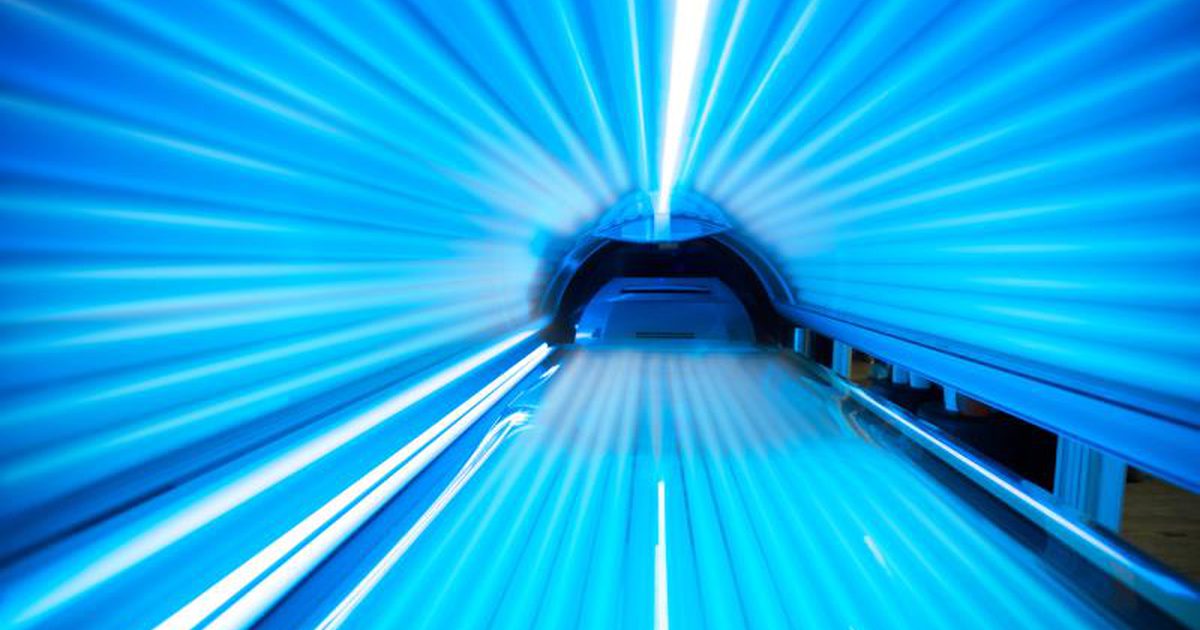
Ultraviolet light treatment is used to treat nummular eczema, dyshidrotic eczema, atopic dermatitis, contact dermatitis, and seborrheic dermatitis. For cases where eczema covers a large portion of the body or localized eczema, such as an outbreak confined to the hands and feet, not responding to other treatments, ultraviolet light treatment may be prescribed. If other treatments do not bring dyshidrotic eczema into remission, a regimen of light treatments combined with medications to help the skin respond positively is often attempted.
Narrowband ultraviolet light is often used for treating dyshidrotic eczema. A machine is used to apply UVB (the most effective part of sunlight for treating any type of eczema) to the area of the outbreak. Phototherapy (UVB treatment) increases vitamin D production, calms inflammation, relieves itching, and boosts systems in the skin that fight bacteria. UVB light therapy produces results slower than other forms of treatment. It might take one to two months to see results, after which time the treatments are usually decreased to one or two per week until discontinued. Approximately seventy percent of patients show improvement with phototherapy, and some go into remission that lasts long after the treatments are discontinued.
Get the details on how patients can deal with the blisters involved with dyshidrotic eczema next.
Drain Large Blisters
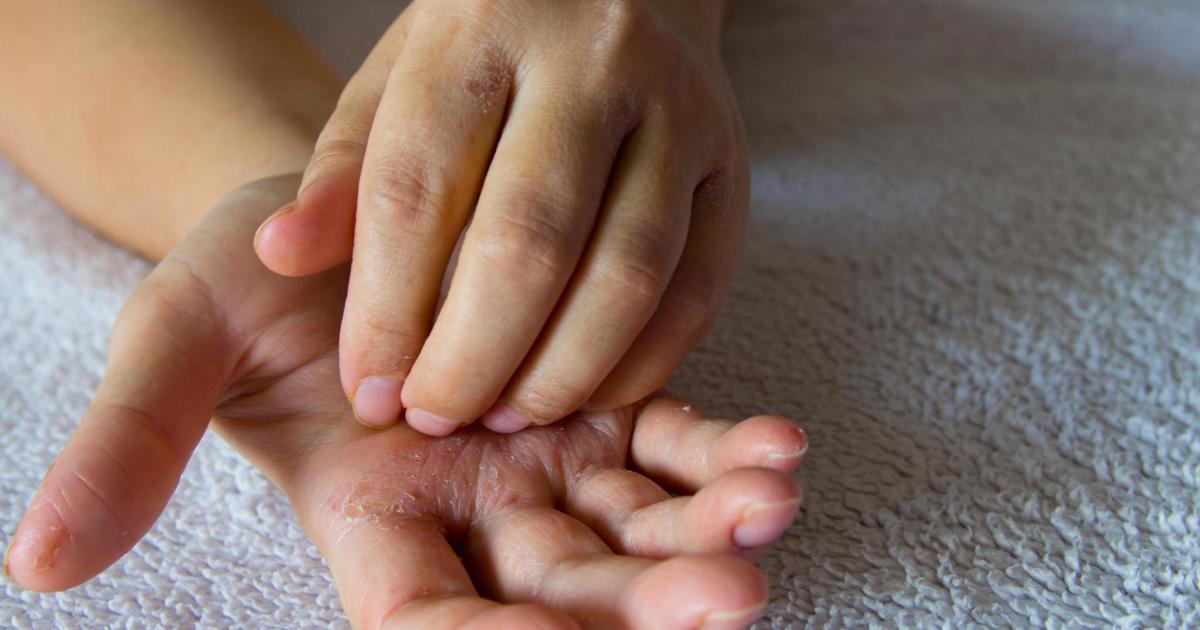
Patients with eczema and dermatitis of different types must learn to deal with intense itching, redness, and dry, flaky skin. For some eczema patients, especially those with dyshidrotic eczema, blisters are also a part of the disease they must deal with. The blisters of dyshidrotic eczema appear on the palms, sides of fingers, the soles and sides of feet, and on toes. Cool compresses and corticosteroid ointments or creams are commonly used first to try to bring this eczema under control.
Sometimes blisters become very large and painful, and the doctor may choose to drain large blisters to relieve the pain and help the affected area heal. Open skin from broken blisters or raw areas caused by scratching is highly prone to develop infections, and even a small skin break can lead to infection when exposed to herpes simplex one virus. This infection leads to an outbreak of many watery blisters that increase in number and can cause flu-like symptoms with fever and intense itching. Treatment is imperative to heal the infection before it causes systemic damage. Staph infection is also a danger with eczema blisters, which may cause pus-filled blisters that need treatment with antibiotics.
Speaking of antibiotics, learn about how they can help with dyshidrotic eczema next.
Antibiotics For Infections

One antibiotic used for Staphylococcus aureus infections of eczema-damaged skin is dicloxacillin. When a staph infection is suspected, treatment with this antibiotic may be started to obstruct bacterial cell wall formation by binding to penicillin-binding proteins. Cephalexin, a first-generation cephalosporin drug, is one of the most effective antibiotics for skin infections. Its bactericidal powers quickly destroy growing organisms. Erythromycin restricts bacterial growth by arresting RNA-dependent protein synthesis. Both streptococcal and staphylococcal infections can be treated effectively with erythromycin. When treating infections in children, the age and weight of the child and the severity of the infection will be used to calculate the dosage of erythromycin. If the prescription is for a twice-daily dosage, the total daily dose should be divided into half the amount every twelve hours. For the most severe infections, the total dosage may be doubled by the care provider.
Learn about how petroleum jelly and mineral oil can help next.
Apply Petroleum Jelly And Mineral Oil

Moisturizing the dry, itchy skin of eczema is a vital part of maintenance therapy individuals must not neglect. Before applying the moisturizing agent, patients should prepare their skin carefully for the moisturizer to take optimal effect. One way to prepare for the moisturizer is to soak the hands and feet in cool water two to four times a day. Wet compresses may be substituted for the soaking time if applied for fifteen minutes several times daily. Apply petroleum jelly and mineral oil at separate times to help hydrate dry skin and relieve eczema symptoms. Whatever moisturizer is used, it could be applied from a pump-type container or with a clean spoon to prevent contamination. There is no need to limit moisturizing to the shower. Applying moisturizers throughout the day will give optimal success. When shopping for moisturizers, check the label on the container for the National Eczema Association's Seal of Acceptance. It is also a good practice to test each product on a small area of skin before applying it to a larger area.
Keep reading to discover additional treatments for dyshidrotic eczema now.
Soak In Witch Hazel

Patients with dyshidrotic eczema can soak the affected skin in witch hazel to help alleviate symptoms. Witch hazel is a common home remedy that occurs naturally in the wild. Before using witch hazel, patients should talk to a doctor if they're on any prescription medications, whether they're for dyshidrotic eczema or another condition. Witch hazel is a type of astringent derived from the leaves and bark of the witch hazel shrub. Many healing practices have used this plant as a topical pain reliever for inflammation. With that said, research regarding why witch hazel is effective tends to be scarce. Many individuals dealing with dyshidrotic eczema report improvement in their symptoms, but researchers haven't established a clear link as to why.
Uncover how to treat dyshidrotic eczema with compresses next.
Apply Wet And Cool Compresses
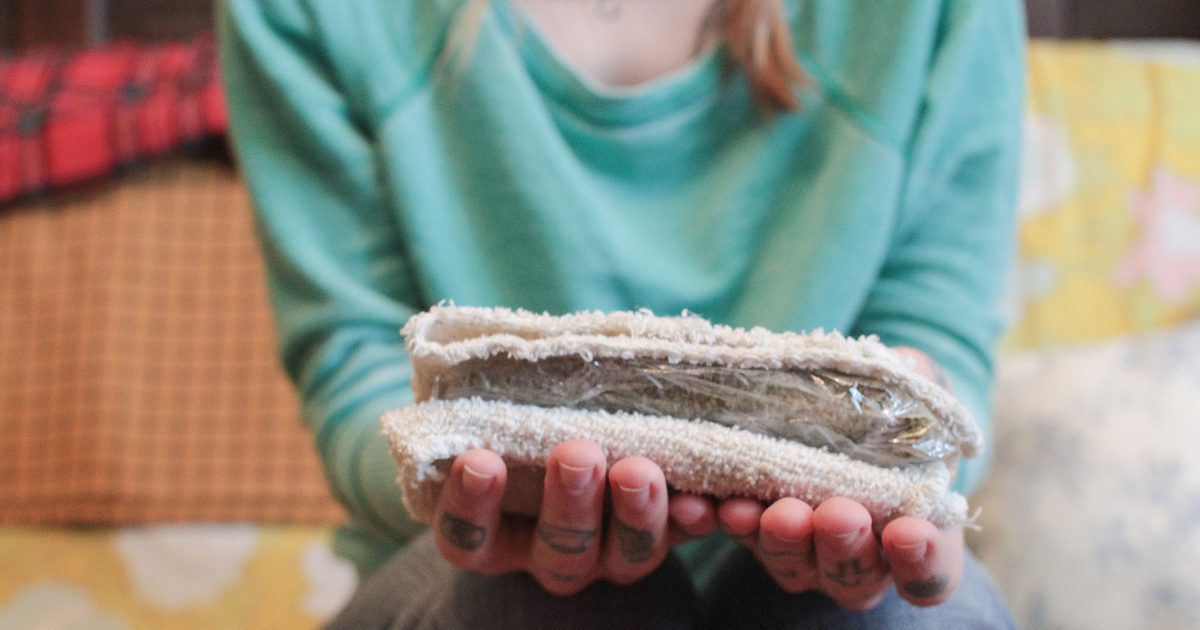
Another common home remedy for dyshidrotic eczema is to apply wet and cool compresses. This method tends to be used when dried-out blisters are causing itching. By putting a cool compress on the blister, patients reduce the amount of heat under the skin and offer a layer of hydration. Experts recommend keeping the compress on the affected skin for at least fifteen minutes. Afterward, patients should put a medicated cream or lotion on the area. The best lotions and creams are ones that form a protective layer over the skin, helping to seal the moisture inside and increase hydration. In addition, patients should avoid very hot water, limit showers to a maximum of ten minutes, and frequently wash the skin to prevent breakouts.
Continue to reveal how to effectively treat dyshidrotic eczema through diet now.
Dietary Changes

Doctors sometimes recommend dietary changes when a patient's dyshidrotic eczema doesn't respond to other treatments. Eating typically unhealthy food doesn't always affect eczema flareups. However, doctors may recommend eliminating or reducing certain foods with nickel or cobalt in them. These trace metals have been linked to dyshidrotic eczema, and digesting them can cause or worsen flareups. Some of the most common foods containing these metals are cashews, canned meats, bean sprouts, cocoa and chocolate powder, nuts, kidney beans, seeds, soy products, and soybeans. Other food allergies can also cause flareups to worsen. Changing one's diet isn't a surefire way to prevent flareups, but many find it drastically reduces the number of flareups they usually have.
Get more information on how to treat dyshidrotic eczema now.
Avoid Perfumed Skin, Beauty, And Cleaning Products
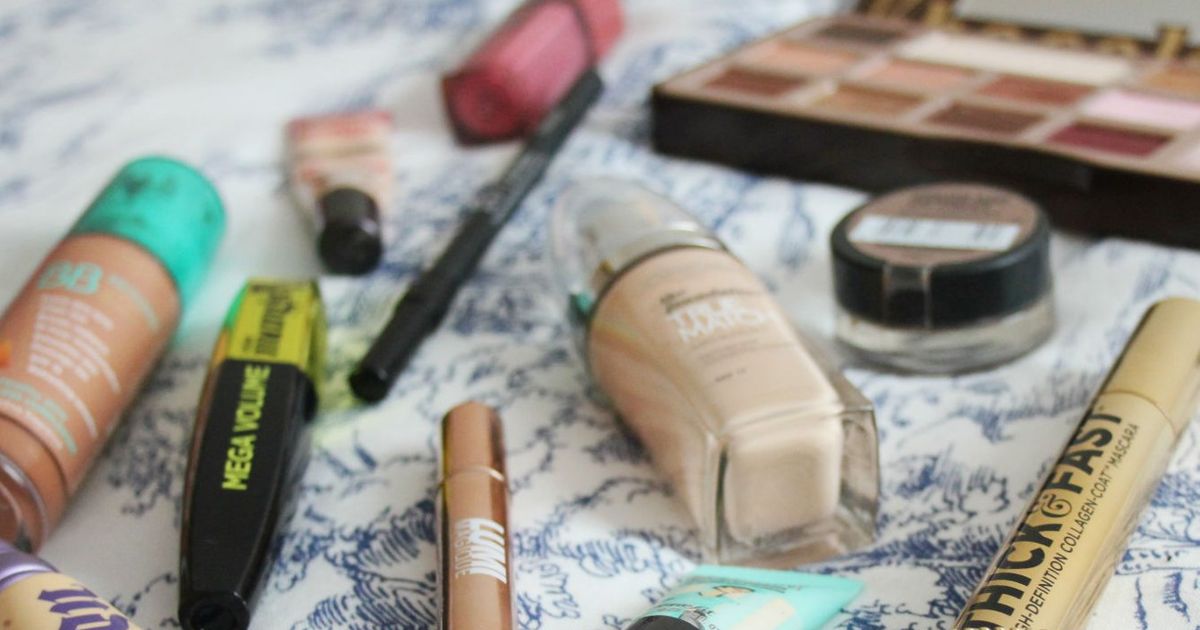
A patient with dyshidrotic eczema should avoid perfumed skin and cleaning products, as these things can contain harsh chemicals that lead to flareups and allergic reactions. Individuals with sensitive skin are at a higher risk of developing a rash, particularly one due to dyshidrotic eczema, after they touch chemical irritants. Even if the chemicals aren't harsh, if the products contain traces of cobalt and nickel, they can lead to flareups. The blisters are most commonly found on the palms and sides of the fingers. Some patients also have blisters on their feet. With severe flareups, small blisters might cluster together and form large blisters. If the healing skin underneath blisters comes into contact with harsh chemicals, patients may experience pain and further discomfort. Instead, individuals should look for hypoallergenic skin and beauty products, and mild cleaners whenever possible.
Learn more about treating dyshidrotic eczema now.
Apply A Rich Daily Moisturizer
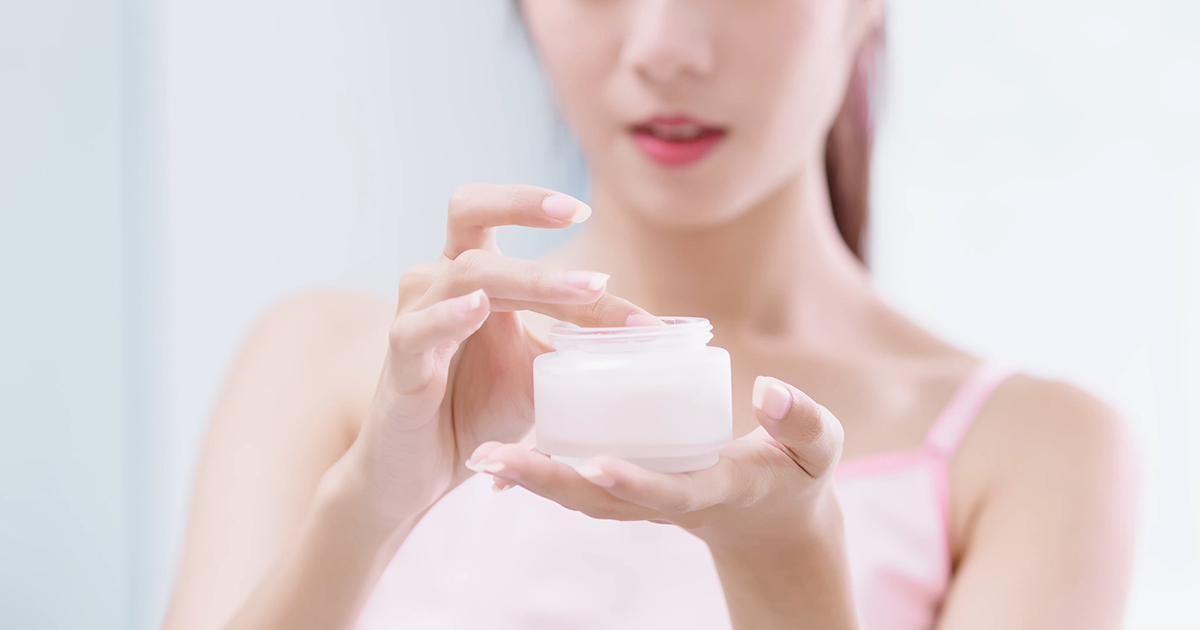
Dyshidrotic eczema patients should have a daily skin routine based around moisturizing their skin and keeping it cool. Hot showers can lead to an increase in discomfort. After washing or showering, patients should apply a rich daily moisturizer to their affected skin. They should rub it into the skin without drying the water. This helps seal in moisture and offer an additional level of hydration. There are also topical creams that can help protect the skin from irritation. Anti-itch creams made with pramoxine can help relieve symptoms. In addition to moisturizing, patients with dyshidrotic eczema should take precautions when their hands are submerged in water or when they're cleaning.